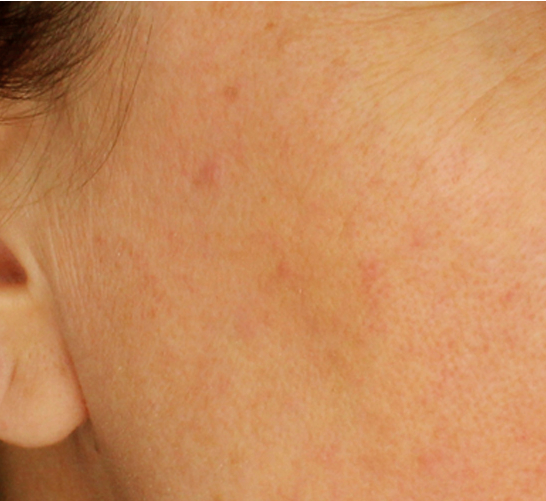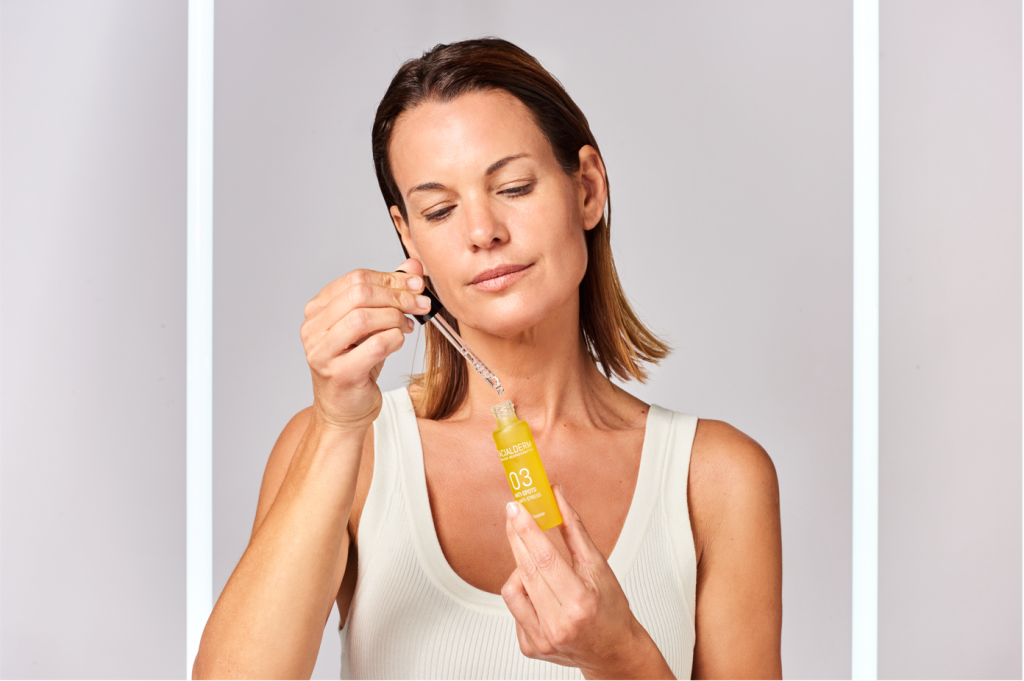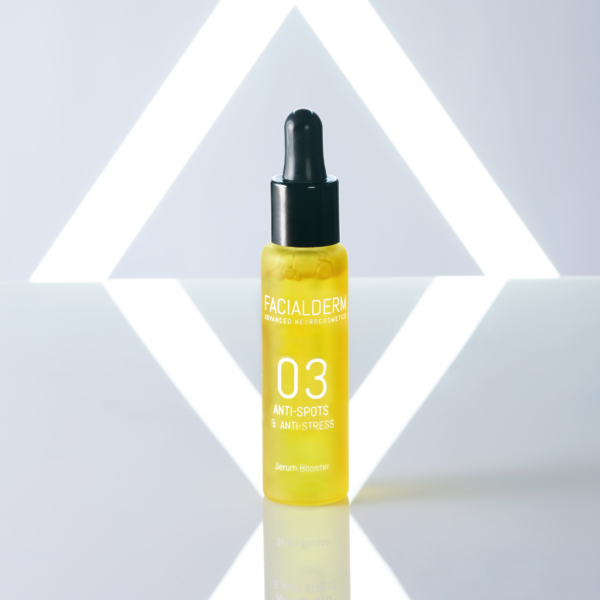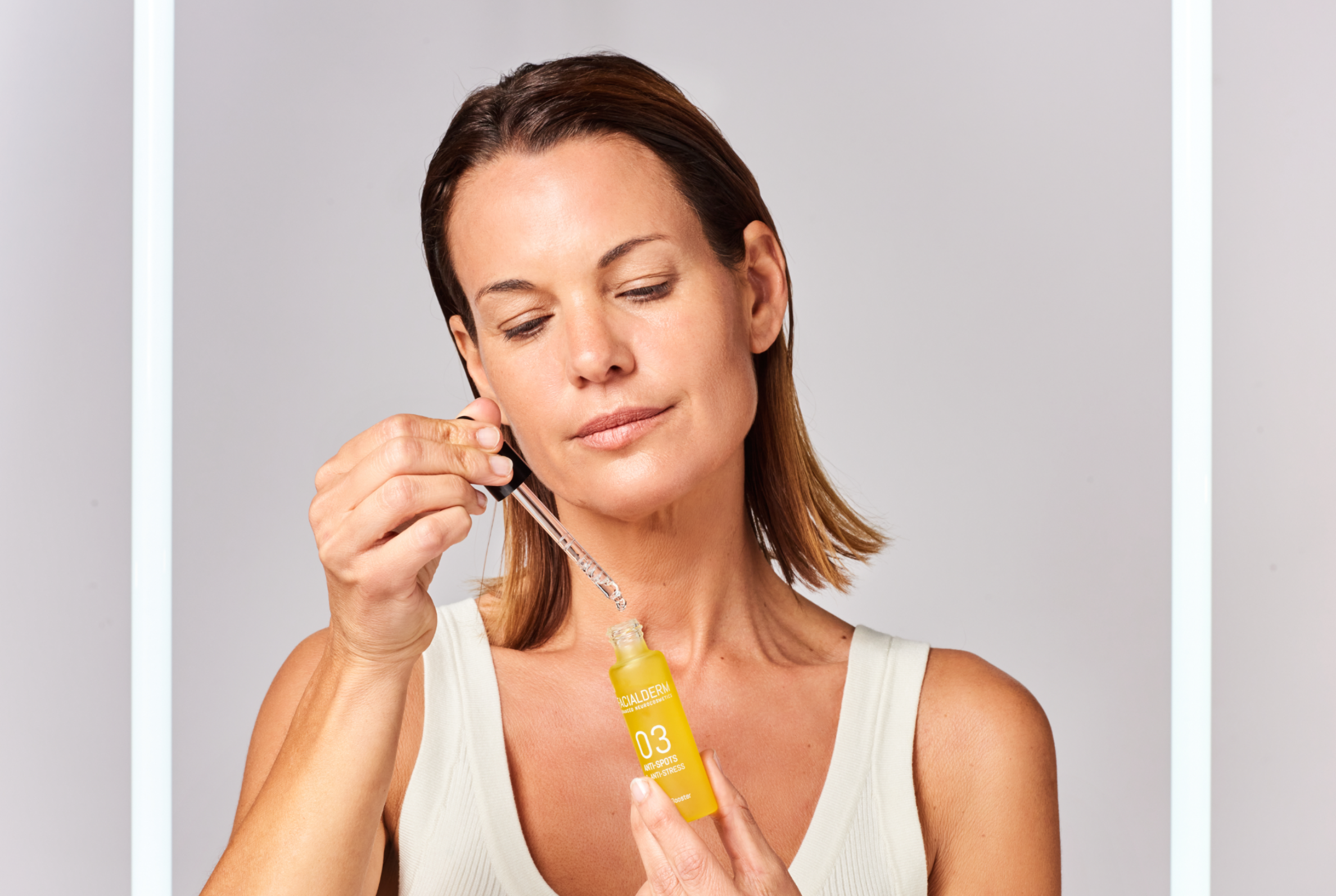Skin blemishes appear with age. Why?
By
Noelia Martín
/ 10 March, 2022
It goes without saying that when we think of the signs of ageing, wrinkles are at the top of the list. However, hyperpigmentation of the skin represents much more marked ageing. Even so, hyperpigmentation is the third most frequent reason for consultation in the population today.

It is known that there is a genetic predisposition that influences to a greater or lesser extent the degree of hyperpigmentation, but also exposure to solar radiation and the age factor are responsible for these spots becoming visible on the face.
With age, the cells located in the basal part of the epidermis, the melanocytes, become increasingly active. These cells are responsible for the production of melanin, the pigmentary component of the skin, and the determinant of colour is not the number but the activity of these melanocytes.
Inside the melanocytes there are pigment granules called melanosomes. Within these granules we can find
Tyrosinase: an enzyme that catalyses the formation of melanin from the amino acid tyrosine.
Melanin synthesised.

These substances are transported from the melanocytes to the keratinocytes, the main cells of the epidermis. Once there, the melanosome membrane is degraded and the melanin granules are released.
As explained above, over time, the skin ages, and although the number of melanocytes decreases, those that remain increase in size and their distribution becomes more focused. In addition, the regulation of melanosomes will be less controlled. These physiological changes explain the increase in age spots in people over 40.

A very effective way to reduce melanin production and thus prevent the process of hyperpigmentation is the use of Facialderm’s booster serum 03 Anti-spot and Anti-stress facial serum. This facial serum is ideal thanks to the active ingredients it contains:
On the one hand, its formula contains depigmenting Plant Extract, which inhibits tyrosinase activity, thus preventing the transformation of tyrosine into melanin.
On the other hand, it contains Niacinamide, which inhibits the transport of melanosomes from melanocytes to keratinocytes, thus reducing hyperpigmentation of the skin.
It also contains Vitamin C, a topical antioxidant that helps prevent free radicals from causing oxidative damage to the skin (which can lead to wrinkles and dull, blotchy skin). It also inhibits the enzymatic processes that produce melanin in the skin, so it can help prevent and reduce hyperpigmentation.

Read also Dr. Paloma Borregón’s article on skin spots: Everything you need to know if you are worried about skin spots





